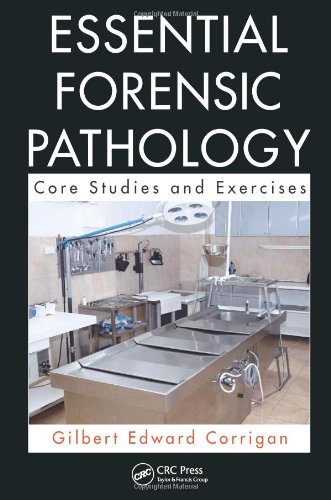

Most ebook files are in PDF format, so you can easily read them using various software such as Foxit Reader or directly on the Google Chrome browser.
Some ebook files are released by publishers in other formats such as .awz, .mobi, .epub, .fb2, etc. You may need to install specific software to read these formats on mobile/PC, such as Calibre.
Please read the tutorial at this link: https://ebookbell.com/faq
We offer FREE conversion to the popular formats you request; however, this may take some time. Therefore, right after payment, please email us, and we will try to provide the service as quickly as possible.
For some exceptional file formats or broken links (if any), please refrain from opening any disputes. Instead, email us first, and we will try to assist within a maximum of 6 hours.
EbookBell Team

4.4
32 reviewsA myriad of different scenarios await those entering the field of forensic pathology, ranging from gunshot wounds to asphyxiation to explosives to death from addiction. Essential Forensic Pathology: Core Studies and Exercises helps prepare pathologists in training by establishing what they must know about the most common death scenes they will encounter.
The book begins by discussing the coaching objectives in medical education and follows with a description of the 15 different rotations of the forensic pathology resident. Using a consistent and concise format, the book describes the facility where the rotation takes place, the necessary skills, the laboratory equipment, and other components of the rotation.
The main portion of the book presents forensic pathology essentials in the form of learning objectives—each delineated with a code: "M" for items students must know, and "S" for those they must do. This section begins by discussing the government’s role, describes medical examiner and coroner systems, and analyzes the academic discipline of forensic pathology. Next, the book focuses on hands-on elements of forensic pathology, with chapters on scene investigation, identification, and postmortem changes (signs of death). Objectives are also presented for various causes of death, including gunshot wounds, stab wounds, asphyxiation, sex-related death, and death from addiction. Additional chapters cover bombs and explosive devices, mental disease, epidemics, and issues related to forensic entomology.
Each chapter contains a list of pertinent vocabulary and references for further study. By mastering the objectives contained in each chapter of this manual, forensic pathology students will be ready to pass certification exams and work confidently in the field.